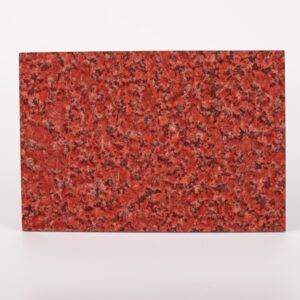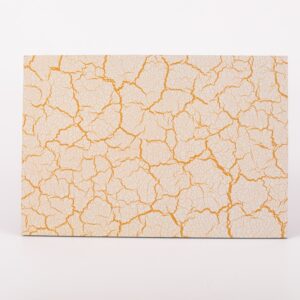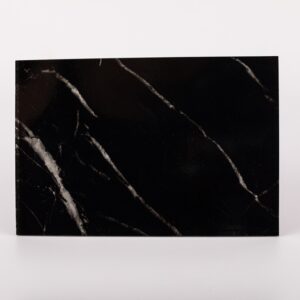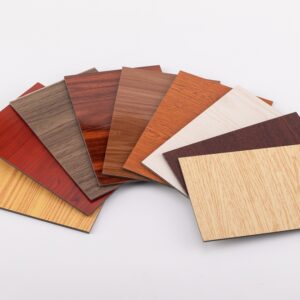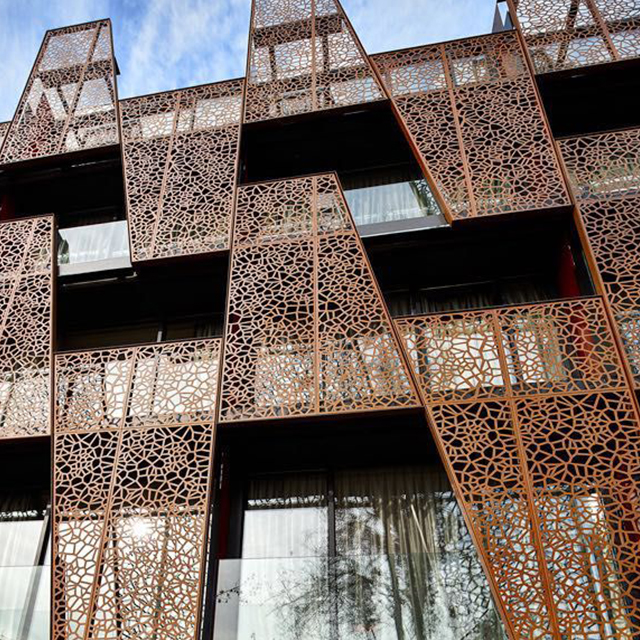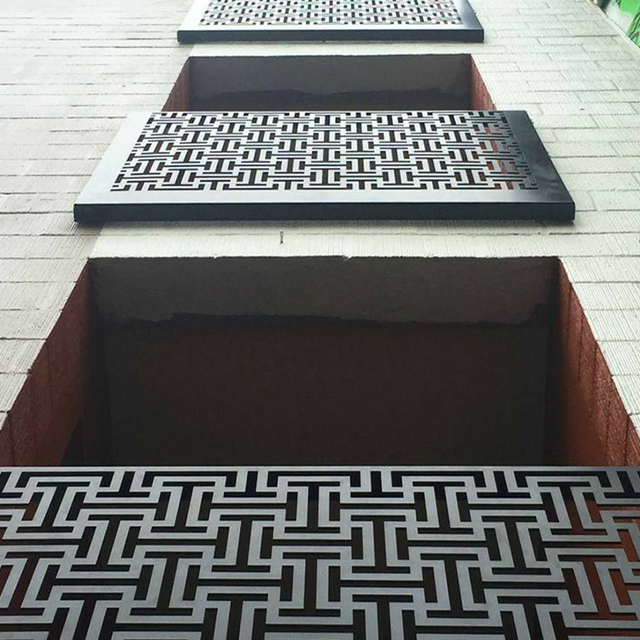In the realm of modern architecture, external wall cladding tiles have emerged as a popular choice for adorning building facades, offering a diverse range of aesthetic options and protective benefits. However, despite their widespread use, it’s crucial to acknowledge the potential drawbacks associated with cladding tiles, enabling informed decision-making for architects, engineers, and building owners.
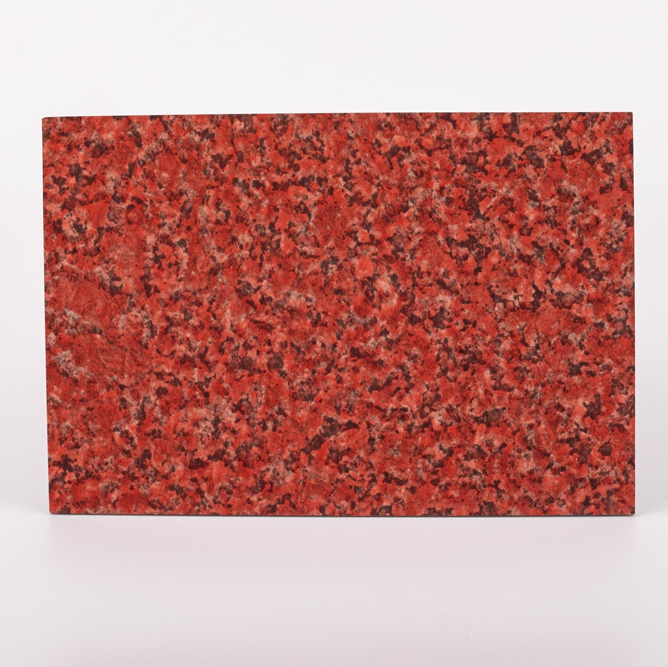
Delving into the Disadvantages of External Wall Cladding Tiles
- Prone to Cracking and Breakage: Cladding tiles, particularly ceramic or porcelain varieties, are susceptible to cracking and breakage, especially in areas exposed to harsh weather conditions or physical impact. These cracks can compromise the integrity of the cladding system, leading to water infiltration, aesthetic blemishes, and potential safety hazards.
- Difficult and Time-Consuming Installation: Installing cladding tiles can be a complex and time-consuming process, requiring skilled labor and meticulous attention to detail. The process involves preparing the wall surface, laying the tiles with proper spacing and alignment, applying grout, and ensuring proper sealant application. Improper installation can lead to adhesion issues, water penetration, and premature tile failure.
- High Maintenance Requirements: While cladding tiles offer long-lasting durability, they do require regular maintenance to maintain their aesthetic appeal and functionality. This includes regular cleaning to remove dirt, grime, and stains, as well as periodic inspection for cracks, loose tiles, or damaged grout. Neglecting maintenance can lead to a prematurely aged appearance, water infiltration, and potential safety hazards.
- Limited Thermal Insulation: Cladding tiles, on their own, provide minimal thermal insulation, potentially leading to heat loss in colder climates and heat gain in warmer regions. This can impact the building’s energy efficiency and increase heating and cooling costs. To address this issue, additional insulation layers may be required behind the cladding system, adding to the overall cost and complexity of the exterior wall construction.
- Susceptibility to Efflorescence: Efflorescence, the white powdery deposit that can appear on cladding tiles, is caused by the migration of salts within the tile or grout. This issue is particularly prevalent in areas with high moisture levels or where inferior quality tiles or grout are used. Efflorescence can detract from the aesthetic appeal of the façade and may indicate underlying moisture penetration issues.
- Environmental Impact: The manufacturing process of cladding tiles, particularly ceramic or porcelain varieties, can involve energy-intensive processes and the use of potentially hazardous materials. Additionally, the disposal of damaged or discarded tiles can contribute to landfill waste. When considering cladding options, it’s essential to evaluate the environmental impact of the chosen materials and prioritize sustainable alternatives where possible.
Conclusion
While external wall cladding tiles offer a range of aesthetic and protective benefits, it’s crucial to weigh these advantages against the potential drawbacks. Understanding the limitations of cladding tiles, such as their susceptibility to cracking, challenging installation, and limited thermal insulation, empowers architects, engineers, and building owners to make informed decisions that align with project requirements, budget constraints, and long-term sustainability goals. By carefully considering the trade-offs and exploring alternative cladding solutions, they can create durable, aesthetically pleasing, and environmentally conscious building facades.
